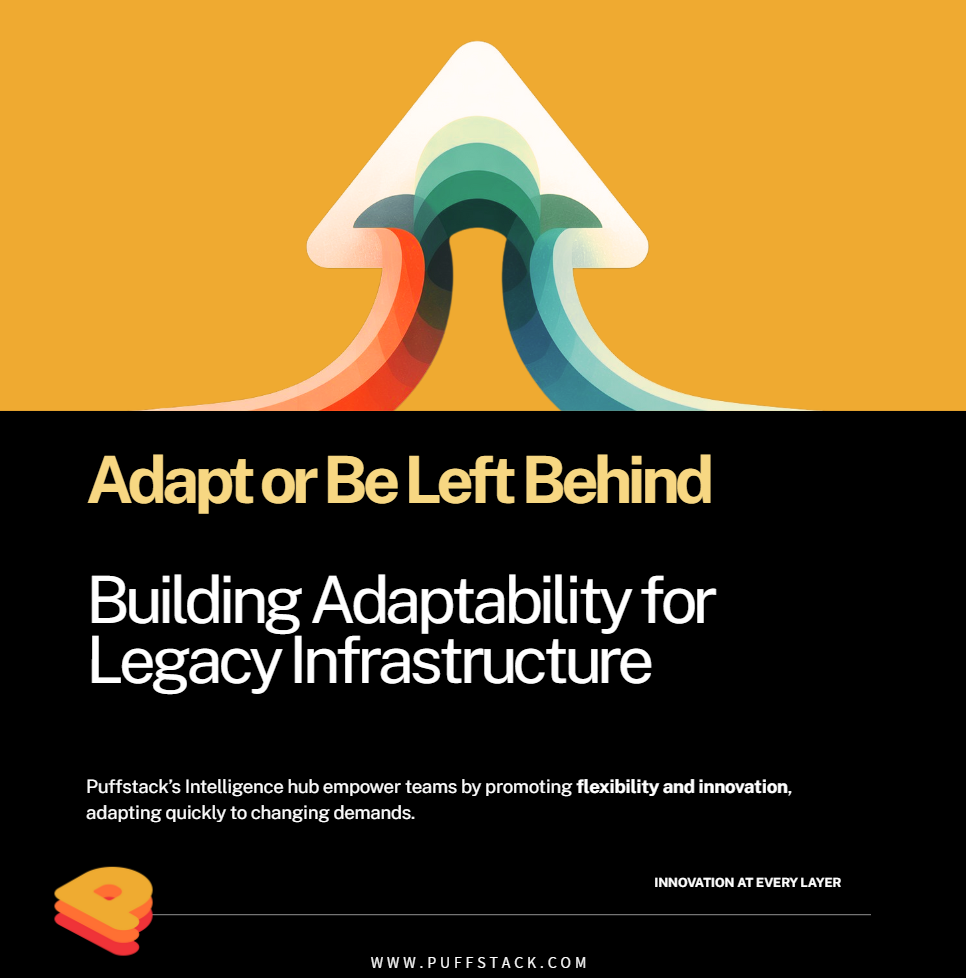
Transparency is the Path to Real Sustainability
August 29, 2025
On building systems where trust emerges from architecture, not promisesThere’s a sensor in a tailings pond somewhere in the Copperbelt, dutifully recording pH levels every five minutes. Twelve thousand kilometers away, an ESG analyst in London is reading a quarterly sustainability report about that same pond, compiled from three-month-old data, filtered through seven layers of corporate interpretation. Between that sensor and that analyst lies the entire problem with how we approach sustainability in extractive industries: we’ve confused the performance of transparency with transparency itself. The Architecture of Mistrust Let’s start with an uncomfortable truth: ESG has become a sophisticated form of theater. Not because people don’t care, they desperately do. Environmental, social, and governance (ESG) requirements now rank as the primary operational risk facing mining executives for the third consecutive year, with 24% identifying ESG as their biggest threat to business viability (Ernst & Young 2024). Every mining operation generates vast amounts of operational data daily. SCADA systems track water quality in real-time. PLCs monitor chemical dosing down to the milliliter. Sensors measure air quality, vibration, temperature, everything that matters to understanding environmental impact is already being measured, continuously, accurately, relentlessly. Yet what reaches communities, regulators, and investors? Quarterly PDFs. Annual reports. Carefully crafted narratives that arrive months after the reality they purport to describe. The Physics of Trust Trust isn’t built through promises or policies or frameworks with impressive acronyms. Trust is what emerges when everyone has access to the same ground truth, at the same time, with no opportunity for interpretation or spin. Model Context Protocols can transform government compliance forms into programmatic interfaces. Industrial agents can monitor SCADA streams and auto-generate the reports that currently consume hundreds of engineering hours. Every permit requirement, every environmental standard, every community commitment can be encoded into autonomous verification systems that operate continuously, not quarterly. Sensor data flows through industrial control systems , pH levels, chemical dosing rates, discharge volumes , all captured in real-time. But instead of accumulating in silos until someone manually compiles a report, these streams feed directly into intelligent agents: Sophisticated interpreters that understand both operational and regulatory frameworks. The elaborate architectures of reporting and compliance might be sophisticated mechanisms for avoiding the simple, terrible clarity of what we’re actually doing. For the communities living next to these operations, reality is already perfectly transparent; they don’t need a quarterly report to know when their water changes color. The alternative is a system where intelligent agents give the data a voice, making raw sensor readings into verifiable proof of compliance for regulators, operational efficiency for engineers, and unwavering assurance for communities. This creates a system where a deviation in the field becomes an immediate, shared, and accountable event for everyone, not just a missing line item in next quarter’s csv.
Read more








